Data from recent seasons suggests that Formula 1 is turning towards red flag stoppages as a default way of neutralising a race, rather than bunching up the field behind the Safety Car for extended periods.
Last weekend's Belgian Grand Prix was the third successive race in which there was a red flag stoppage, with heavy rain preventing the start at the originally scheduled time, and three hours later, when the drivers headed out on track behind the Safety Car to evaluate conditions.
The Hungarian Grand Prix was stopped on the first lap as a result of a multi-car collision at the first corner, which eliminated several cars, while the British Grand Prix was stopped on Lap 1 after a collision between Mercedes' Lewis Hamilton and Red Bull's Max Verstappen sent the Dutch driver into the barriers at high speed.
In total, the red flags have been shown on five occasions out of the 12 races so far in 2021, a huge increase in frequency compared to previous seasons. At just past the halfway point of the 2021 season, five separate red-flagged races is already significantly more than the number of red-flagged races over entire previous campaigns.
Speaking on the RacingNews365 podcast, experienced Formula 1 journalist Dieter Rencken voiced his concerns that the sport is turning to the red flag as a default whenever an incident happens on track.
"I mean this was the fifth red flag of the season. 12 races, five red flags, you know, do the math, right? It's not very good," Rencken told Thomas Maher when asked about the number of red flags seen this year so far.
"If we have a look at 2020, there were three red flags. 2019, two... So obviously, the trend is upwards.
"I'm concerned that the default option, whenever something happens, [is to] hang out a red flag. And this not only breaks the flow, but it leads to chaos in terms of timing, because you've got to restart the session, you've lost time, you've done whatever."
With red flag stoppages also giving drivers with damage the opportunity to repair their cars and rejoin the race, Rencken said this is allowing them to luck out on errors that they have made on track.
For instance, Verstappen was able to finish the Hungarian GP following the red flag stoppage with a repaired car, while Hamilton was set for retirement from the Silverstone race until the red flag enabled Mercedes to make repairs, after which he took victory. Another example was the red flag at Imola enabling Hamilton to get back onto the lead lap, and recover to second place, after a critical error saw him slide off into the barriers.
With the red flags having an effect on the championship standings, Rencken emphasised that it shouldn't be a default for Race Control.
"I think that we need to have a look at some form of regulatory process where you don't just constantly have red flags," he said.
"We had red flags at Silverstone. And we had red flags in Hungary. Every time there is a red flag, guys repair their cars, and they do this and they do the other. And as far as I'm concerned, this goes against the essence of Formula 1.
"So we really need to look at the red flag rulings, we need to look at when they are hung out and why they are hanging out, and whether there is some way that one can actually prevent hanging them out."
As for whether he believes there may be an aspect of the red flags being used to help improve the spectacle by closing up the field like a 'competition yellow', as seen in some motorsport series, Rencken believes it's more of a knee-jerk reaction being taken to incidents on track.
"I don't believe so," he said. "I think that it's an immediate reaction to a situation where, rather than sit down and examine all aspects of that particular incident, the default reaction is hang up the red flag."
Red flag data supplied by www.gpfactsandnumbers.com
Red flag stoppages 2011-2021
| Year | Number of red flagged races |
|---|---|
| 2011 | 2 (Monaco & Canada) |
| 2012 | 2 (Malaysia & Singapore) |
| 2013 | 1 (Monaco) |
| 2014 | 4 (Canada, Britain, Singapore & Japan) |
| 2015 | 0 |
| 2016 | 3 (Australia, Belgium & Brazil) |
| 2017 | 2 (Azerbaijan & Singapore) |
| 2018 | 1 (Canada) |
| 2019 | 2 (Germany & Japan) |
| 2020 | 3 (Italy, Tuscany, Bahrain) |
| 2021 | 5 (Emilia Romagna, Azerbaijan, Britain, Hungary, Belgium) |
Also interesting:
F1 Podcast: Lessons to learn for F1 after Spa-Francorchamps disaster
It's time for the latest episode of our new Formula 1 podcast, with F1 journalists Dieter Rencken, Thomas Maher and Mike Seymour discussing the disastrous Belgian Grand Prix...
Don't miss out on any of the Formula 1 action thanks to this handy 2026 F1 calendar that can be easily loaded into your smartphone or PC.
Download the calenderMost read
In this article
F1 2021 Dutch Grand Prix RN365 News dossier
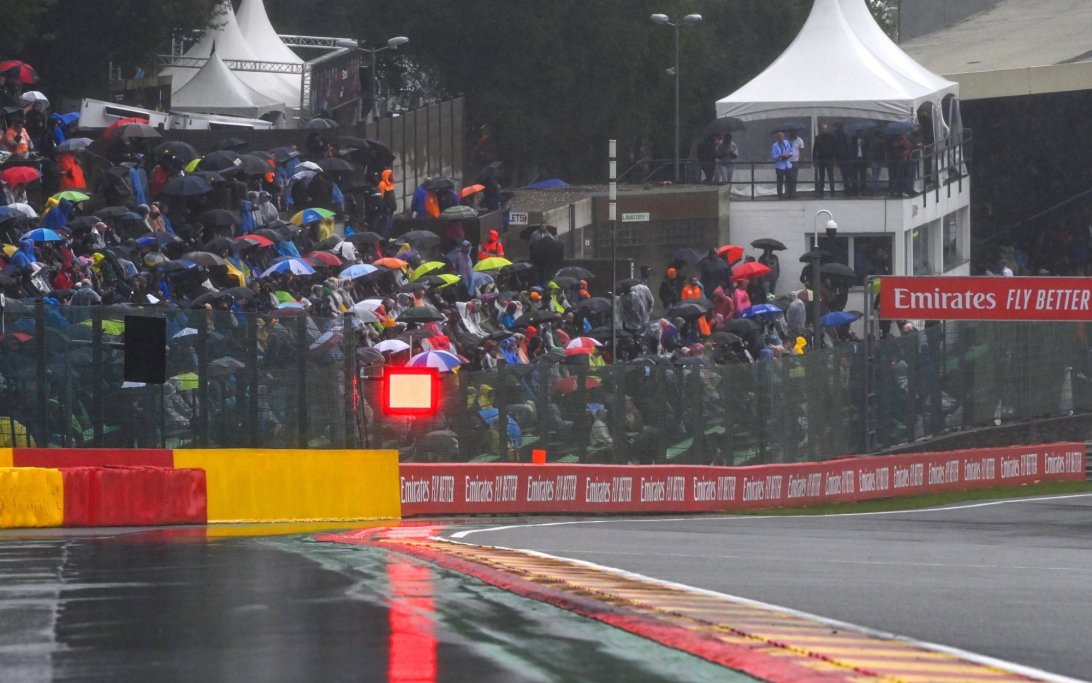


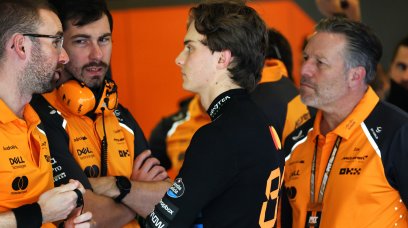






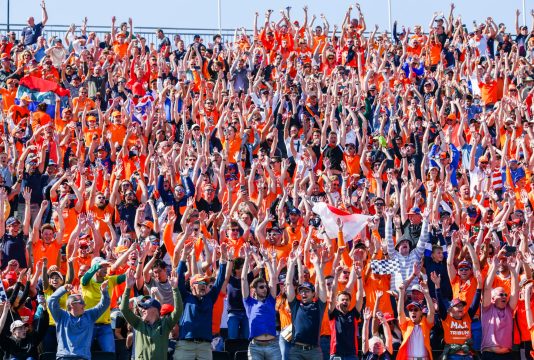

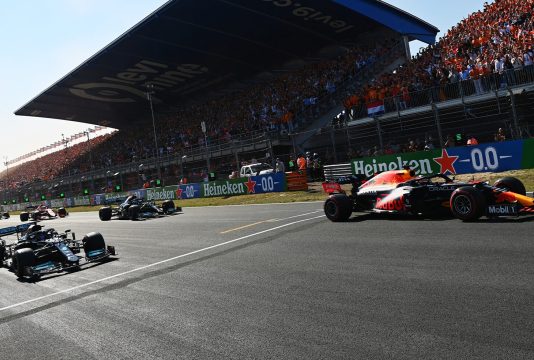

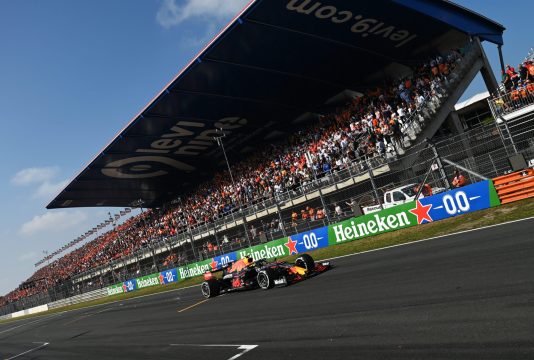









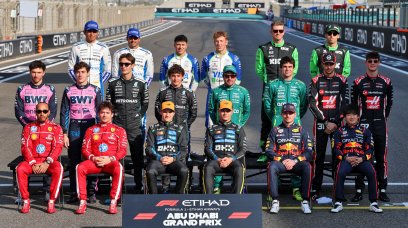


Join the conversation!